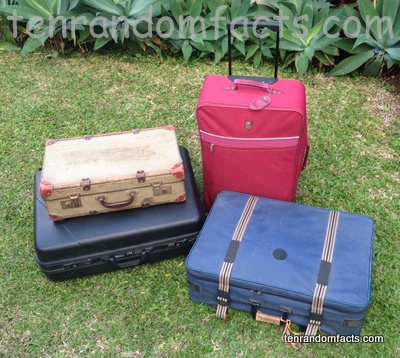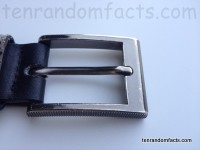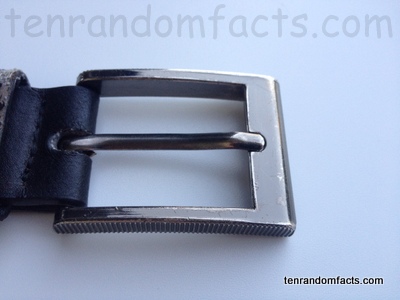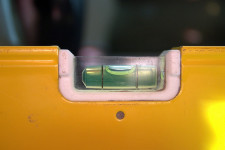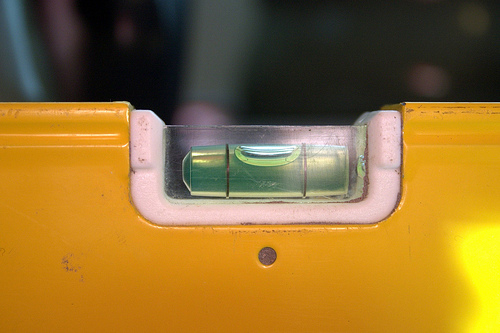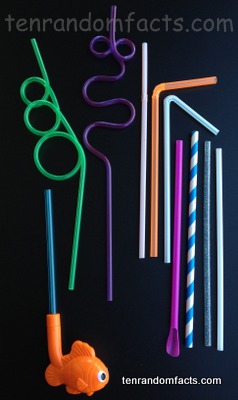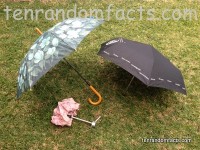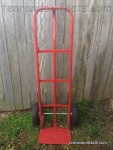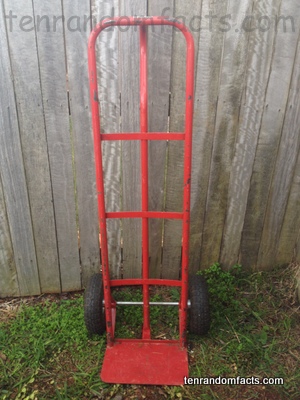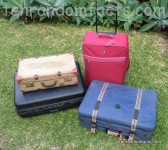
Do suitcases suit your travelling well?
- Suitcases are a specific type of luggage that is, like all luggage, used to transport possessions and other items while travelling.
- ‘Suitcases’ may also be referred to as ‘luggage’ or ‘baggage’, and when they were first used on a wide basis in the late 1800s, they were used primarily to carry actual suits.
- Suitcases come in a variety of sizes, and those that are smaller in size and suitable for airplane cabin compartments are often known as ‘cabin’ or ‘carry-on’ baggage or luggage.
- Sturdy materials are usually the common substances utilised to make suitcases, that can include plastic, wood, leather, and metal, although fabric may be used.
- Generally suitcases are a rectangular shape that open in half, or open to reveal a main compartment and a lid, and sometimes they feature extra compartments or pockets.
- Suitcases ended up replacing trunks, which were quite rigid, heavy and bulky, making them quite difficult to transport; and they began being made from durable cardboard in the early 1900s, and plastic also became a popular material.
- Suitcases usually feature a handle so that the item can be carried, and they typically have zips or latches to enable closing, though to prevent unwanted opening or tampering, a locking mechanism is often included.
- Suitcases often have wheels attached at the base for greater ease in transporting, of which variants are sometimes called ‘trolley cases’ or ‘roll alongs’, and they frequently have an extendable handle that allows for easier movement.
- Despite various ideas for wheeling luggage in the early 1900s, it wasn’t until Bernard Sadow attached four rollers to the base of a suitcase and patented the idea in 1970 as ‘rolling luggage’, that the world embraced the idea of a wheeled version, although initial uptake of the invention was slow.
- Suitcases are sometimes personalised to highlight the piece among other baggage, particularly when bulk luggage is transported, and an identification tag with the owner’s name and other details is commonly attached to the handle.



